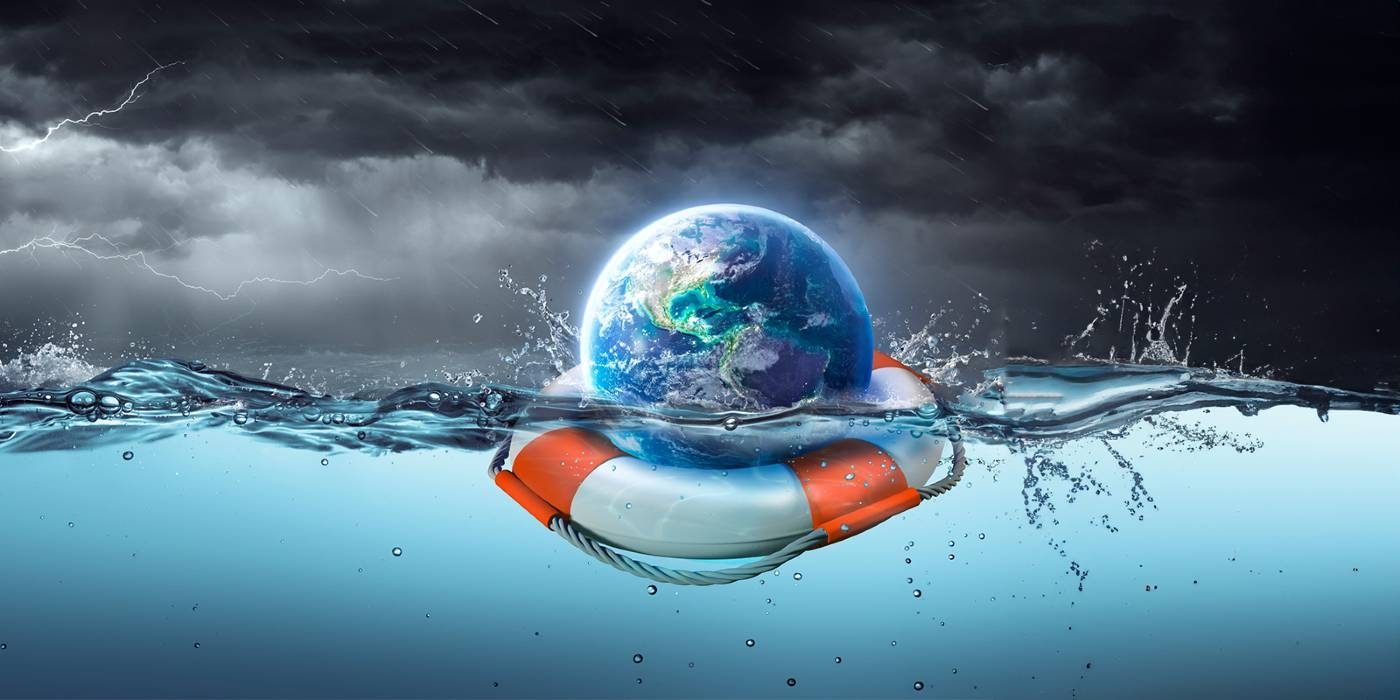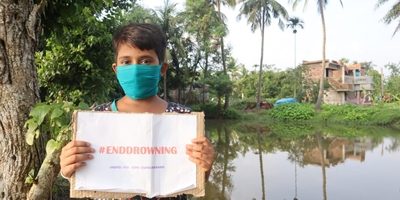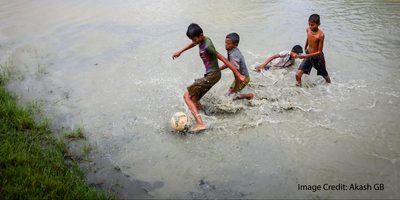
Will climate change increase the risk of drowning in India?
Drowning is the third leading cause of unintentional injury-related deaths that kills nearly 2,36,000 people globally every year. However, these numbers are considered underestimates as they do not include intentional drowning events like suicides and homicide, transport related drowning deaths, and deaths during disasters. Poor and rural communities bear a disproportionate burden when it comes to drowning incidents. These areas often have heightened exposure to open water bodies, coupled with inadequate housing, weak health system infrastructure, and deficient warning and evacuation systems in the face of water-related disasters. Around 90% of the world’s drowning burden is concentrated in the low-and-middle income countries (LMICs). India, being the largest LMIC in the world, carries a huge drowning burden with 38503 reported deaths in 2022 as per the latest government data.
Climate change is the greatest challenge that the world is facing today. The disastrous impact of continuously increasing earth’s surface temperature due to emissions of greenhouse gases (GHG) is evident, with rise in average temperature by 1.1⁰ C since the last century, which is expected to reach beyond 1.5⁰ C by 2040. The world has already witnessed five-fold increase in frequency of weather-related disasters over the last 50 years because of climate change. Water-related disasters are the most dominant form of disasters. Out of 399 disasters that occurred globally in 2023, floods accounted for 41.1% (n=164) of these disasters, claiming 7,763 lives. Unintentional drownings are closely linked to climate change, as not only intensified floods but also tropical cyclones, hurricanes and typhoons, tsunamis, and rising sea-levels due to climate change, amplifies exposure to water. People are forced to migrate for shelter, safety and security, food, safe drinking water and healthcare, while passing through high-risk water routes, thus, making already vulnerable population of small inlands, low-lying coastal areas, and deltas more vulnerable to drownings.
Though climate change is global in nature, it’s impact will not be uniform for all regions across the world. Despite LMICs’ little contribution to the GHG emissions in comparison to high-income countries, it is expected that LMICs will bear the brunt of climate change, as majority of them lie in some of the hottest places on earth. India, being closer to the equator with a warmer climate, has witnessed 0.7°C increase in its average temperature between 1901-2018, leading to sea-level rise (SLR), extreme temperatures and precipitation, flooding and cyclones, and climate-related displacements. As per the latest report of the Global Climate Risk Index (2021), India ranked seventh most affected country in the world due to climate change in 2019. The geographical features of India, being surrounded by water from three sides, with nearly 250 million Indian population residing within 50 kilometers of 7500 kilometers of Indian coastline, also makes it more prone to observing increased water-related disasters and subsequent drownings.
The George Institute for Global Health, India, conducted a study to map evidence around the impact of climate change on SLR, water-related disasters, and its linkages to the drowning burden in India. Data synthesised from 48 scientific publications and seven reports consistently showed that climate change is likely to increase the frequency and intensity of weather events such as floods, cyclones, cyclonic rainfall, and storms, majorly impacting the coastal zones. Flooding due to melting of glaciers and with an increase in water level of lakes, rivers, and wetlands was also reported. This intensified exposure to water during these events can increase risk of drowning, as 75% of deaths are attributed to drowning during flood events. The review also reported projected increase in SLR in the Indian Ocean by approximately 300 mm by the end of 21st century, even when GHG emissions are reduced. This is likely to result in complete inundation of coastal areas, leading to high number of displacements. This may in turn, increase risk of drowning, while people may be forced to migrate in newer areas prone to flooding and other extreme weather events and getting exposed to water transport-related accidents while migrating.
So, will climate change increase the risk of drowning in India? The answer is likely to be Yes! We now know that climate change will increase exposure to water. However, because of data dearth at the primary level, the level of drowning risk in terms of mortality, morbidity, and socio-economic losses that India is going to face in the coming years, remains unknown. As water-related disasters and drowning are interrelated, even if the level of risk is unknown at this point, it is time to integrate drowning prevention with the agenda on climate actions. The need for more research with long-term community-based studies can be a starting point for building a strong evidence base for designing and implementing of evidence-informed drowning prevention interventions. These can, then, be tailored according to varied geographical locations and population vulnerability for reducing the impact of climate change on the drowning burden in India.





